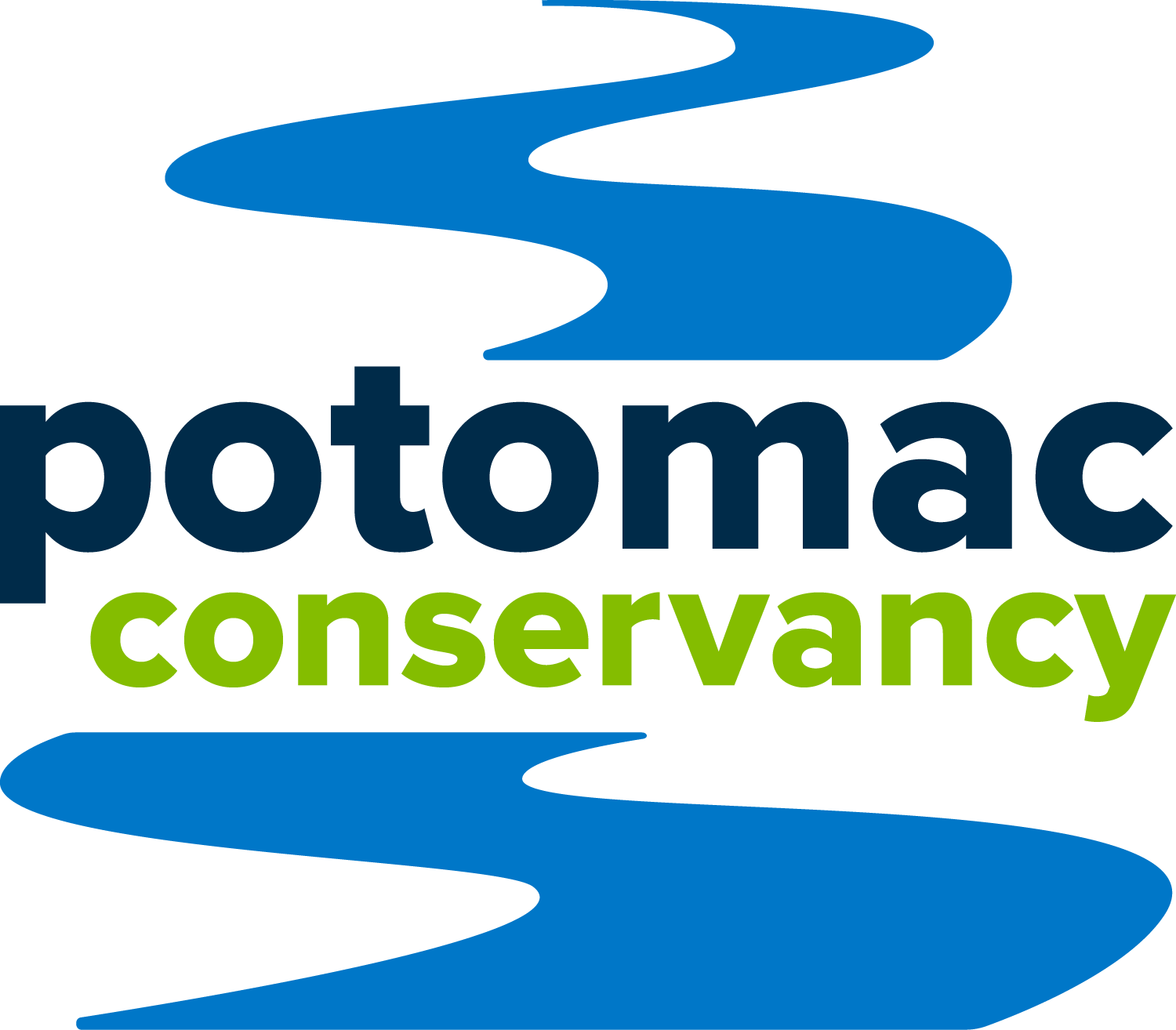Potomac Shad Population Surpasses Restoration Goals
/Bob Bishop holding an American Shad caught in the POtomac at Fletcher's Cove. Photo Taken by Tom Guffain.
It’s not all doom and gloom.
The Potomac River is a regional success story for the American shad, a fish that once supported the highest-dollar commercial fishery in the area but has in recent decades faced massive population declines.
Shad populations are monitored by the Chesapeake Bay Program, which sets yearly population targets for each river it monitors. The Potomac shad population is at 130 percent of the target.
“It is often said that the environment is dying a death by a thousand cuts. The only way to restore the Chesapeake Bay is to start healing these wounds,” said Nick DiPasquale, director of the Chesapeake Bay Program. “A rise in shad abundance is very heartening.”
Two years ago, the situation for American shad was so dire that the federal Mid-Atlantic Fishery Management Council imposed the first-ever cap on the commercial catch of shad and river herring.
Though shad populations off the Atlantic coast remain critically low, rising populations in freshwater rivers are a good sign. The fish return to rivers in the spring to spawn.
Historically, the Potomac has been particularly well suited for shad, which helps explain the shad’s recent success here.
Scientists also attribute these increases to improvements in water quality and habitat, a resurgence in underwater grass beds, the moratoriums on shad harvest, and stocking efforts that reprint fish to rivers and kick-start local populations.
The recent success of the shad is something to be celebrated, Potomac Conservancy President Hedrick Belin said.
However, Belin noted that without continued efforts to protect clean water in the Potomac and promote smart growth in the DC metro region, an area that is expected to house 2.3 million new residents by 2040, the shad could be at risk.
“Defending the river requires protecting the land that surrounds it. Pollution on the land eventually translates into pollution in our neighborhood rivers and streams,” Belin said. “We must take actions on the land that support and sustain healthy rivers and abundant fisheries — this includes protecting streamside buffers, maintaining forest cover, and using smart planning to build in a river friendly way.”
More about the American shad >










Public funding and speaking out in support of it are crucial to protecting the Potomac River region. Read on to see how this local organization in Maryland is tirelessly working to improve our waterways with public funding.